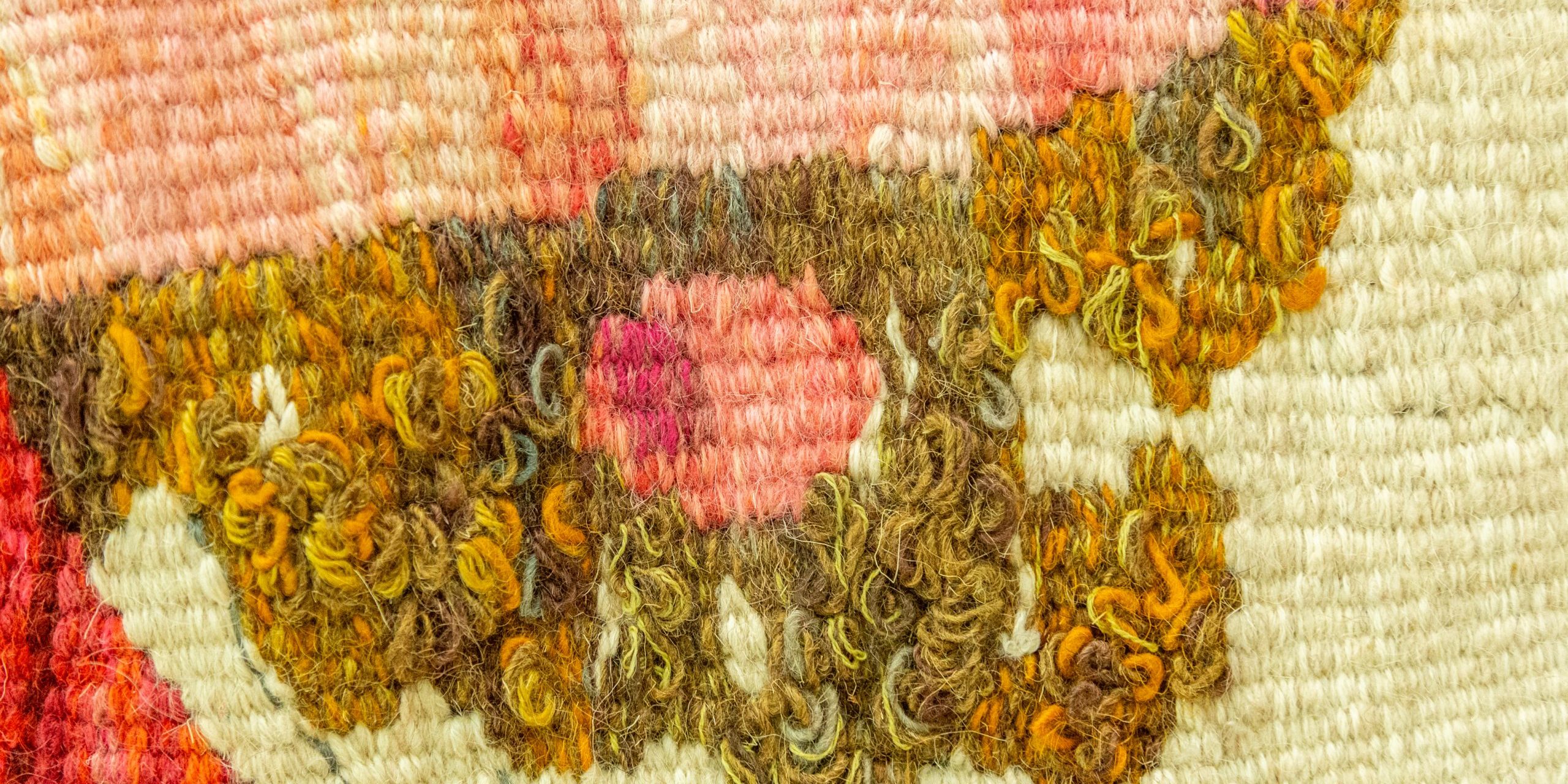Learn about the different types of carpets and their fabric type.
In the previous post we looked at the vast length of time carpets have existed throughout human history: nearly three thousand years! However, those ancient textiles were extremely different from the modern carpets many of us have in our homes today. In fact, we’d hesitate to even call those primitive fabrics “Carpets”; they were, essentially, modern day rugs.
Today’s carpets are fairly new innovations; their beginnings date back to the 1930s when manufactures began using a synthetic fiber called Nylon instead of wool. Nylon was cheaper, easier to produce, and more abundant than wool. Today, most carpets in the world are made from a few unique synthetic fibers, the most popular being Nylon, Polyester, and Polypropylene. Of course, wool carpets are still available as well, however they are more expensive and less common in industrialized regions.
Let’s explore what differentiates each carpet.
Which type of carpet fabric is best for you? We explore the different types of carpets and their pros and cons.
Synthetic fiber carpets:
- Nylon – It’s the most common of all synthetic carpets in United States, used in nearly 50% of all carpets in the U.S, according to Cal Recycle. The reason this fiber is so popular is because of its durability and ability to retain form after prolonged use. Of all the synthetic fibers, Nylon is the most robust, making it the perfect material for homes that have a lot of foot traffic. It’s also known for its absorbent properties as well, which means that it must be properly cared for to ensure stains and spills don’t seep deep into the carpet.
- Polyester – This is the second most common synthetic carpet fiber, found in nearly 30% of all homes in the United States. Contrary to Nylon, Polyester is known for its liquid repellent qualities, making it easier to clean spills that fall on the surface. But where it falls short is in durability. Polyester cannot withstand the same amount of force and pressure that Nylon can, which makes it more susceptible to the wear and tear of everyday life. If you’re looking for a carpet that will last longer, than maybe Nylon Fiber is right for you. Lastly, we have to give polyester a lot of love, and some extra credit points, because there are some polyester carpets that can be made from recycled material like water bottles. Eco-friendly products are always a bonus.
- Polypropylene (Olefin) – This genre of carpets is considered the cheapest among all three synthetic fabrics. The downside is that it is not as durable as the previous. However, it does hold value elsewhere. Olefin, like polyester, is hydrophobic, which means its resistant to liquid stains (it does not mean it’s “scared of water”). These types of carpets are routinely used in outdoor patios or in basements because they don’t fade when exposed to sunlight, they dry quick, and they’re highly resistant to mold. They’re one of the cheapest carpets on the market, but also one of the most short-lived.
Natural Carpets:
- Wool – The oldest type of carpet on the planet, and arguably the most expensive. Wool carpets are incredibly durable, resilient, and offer high stain resistance, making them one of the longest lasting carpets on the market. However, if a stain is not quickly dealt with and properly handled then it can easily linger in the fabric and become a permanent fixture on your floor. Furthemore, wool carpets are biodegradable and recyclable which means that their materials can be reused instead of being thrown away.
- Cotton – This natural fiber is well renown for its soft, plush surface. If carpet texture is a high priority for you, then we recommend looking at cotton. These carpets are also known to be durable and do not wear down easily. The downside, however, is that they’re notoriously easy to stain, and incredibly hard to clean. Cotton fibers naturally trap moisture, which means that spills and stains are quickly absorbed into the fabric, making them one of the easiest carpets to soil. The best location for this kind of carpet is in an area that doesn’t receive a ton of foot traffic, yet still needs a sense of comfortability; some examples are an office space, a small library in the house, or a guest room.
We hope this short article helps you understand the unique features of your carpet a little better!




